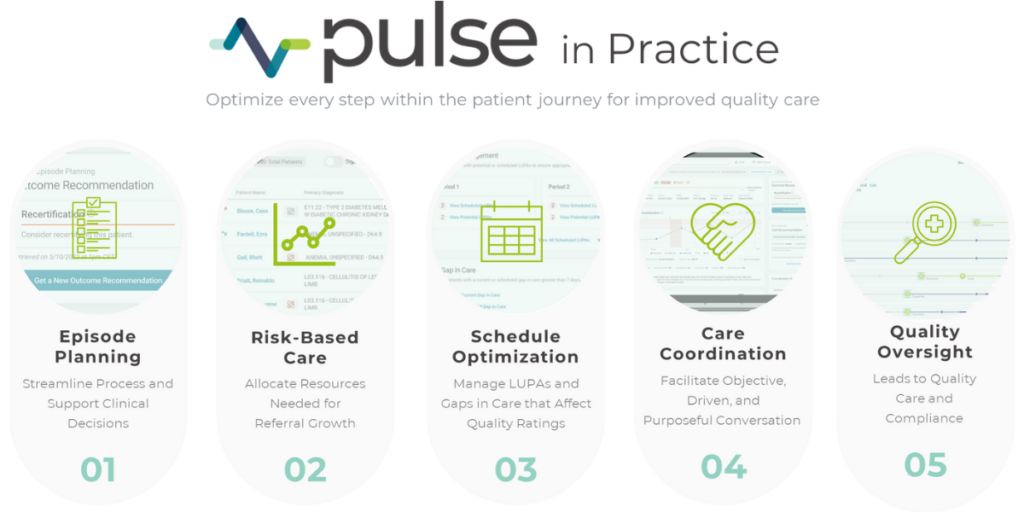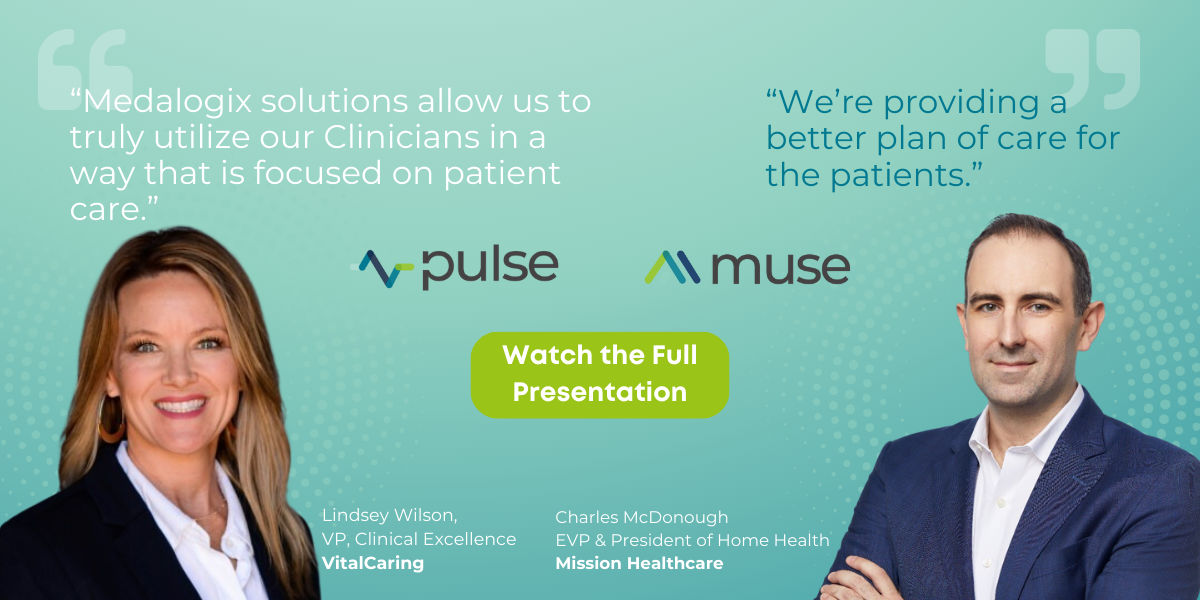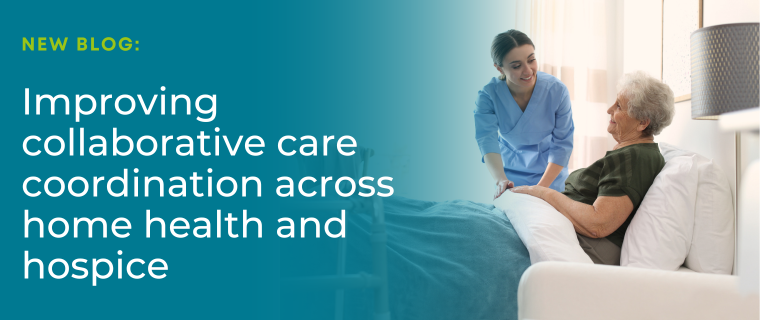2024 Proposed Rule: Heed the Warnings or Wait, and See?
Best Practices to Offset Impacts of 2024 Proposed Rule
Providers, industry experts, associations, and technology companies are sounding alarms on the impact to the Home Health industry if CMS moves forward with the proposed home health rule. As we wait for the comment period to close, and CMS to issue its final guidance, providers are having to make the decision, do I wait and see if CMS backs off proposed changes, or do I heed the warnings and start preparing for these impacts today?
For most providers, there is no opportunity to wait and see. Already faced with rising cost, struggling to recruit and retain staff, and shifting quality and regulatory challenges, waiting and hoping for relief is not a strategy that can be sustained. So how can providers react?
The first reaction to offset a 2.2% reduction in reimbursement may be to look at ways to cut staff, reduce wages, or reduce services. However, there is an opportunity to improve in ways that reduce cost, increase staff satisfaction, improve regulatory compliance, drive enhanced patient experience and outcomes.
The reality is that providers need to focus on controlling the controllable. This is done by leveraging technology to surface areas for improvement for your organization.
Medalogix has partnered with providers to develop a set of best practices that are proactively preparing them for whatever the final rule may look like, while also improving clinical, operational, and quality outcomes. The combination of best practices empowers providers to provide intelligent episode management for all patients.

As shared through numerous reports and articles, the biggest challenge for the home health industry is managing capacity in a time of staffing challenges. With referral rates increasing 33% and acceptance rates down 15%, providers are scrambling to find a way to care for more patients. As a strategy to expand capacity, providers are leveraging patient risk stratification to adjust their care models to reduce over utilization for lower acuity patients and reduce hospitalizations. This frees up resources to better manage higher acuity patients as they are being pushed to the home.
Pulse stratification allows you to see which patients need more, or less resources to maximize overall quality of care to patient on census. At any given time, 87% of patients have a 20% or less probability of hospitalizing during their episode. By stratifying each patient, it translates into actionable insights like risk of hospitalization during episode or post-discharge to community, risk to patient experience through LUPAs or gaps in care, and operational risks that increase cost and tie up your limited resources.
Leveraging patient specific insights, providers can begin to optimize the episode to manage utilization respective to needs, while improving patient experience by serving the right number of visits, at the right time in the patient journey.
To assist providers in preparing for the continued industry headwinds, Medalogix is offering the opportunity to see a demo of Pulse leveraging your data to see how intelligent episode management can impact your organization. Click here to learn more or request a demo.
Hear From Our Clients:
Related Blogs

Homecare Homebase User's Conference 2024 - Mission Healthcare & Vital Caring | Innovation of the Patient Home Care Life Cycle
Mission Healthcare and Vital Caring both share their positive experience...

Proactively addressing hospice revocation risk
While hospice care is the best end-of-life care option for most patients...

Improving collaborative care coordination across home health and hospice
Patients aren’t spending as much time as they could in the right care se...


